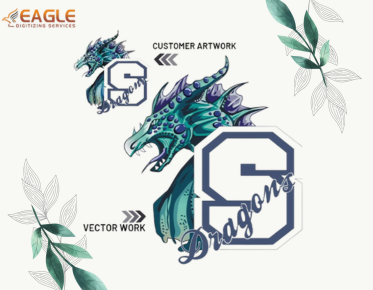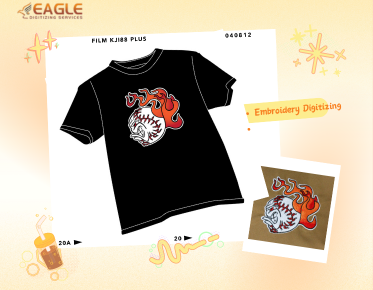How to Convert a PNG to a Vector in Illustrator
Converting a PNG image into a vector format in Adobe Illustrator can significantly enhance its scalability and flexibility in design projects. Vectors do not lose quality when scaled, which is crucial for graphics that need to be resized often, such as logos and print designs. Here's how you can transform your PNG into a vector using Adobe Illustrator.
Understanding the Basics
Before diving into the conversion process, it's important to understand the difference between raster and vector images. A PNG is a raster image, meaning it is made up of pixels. These can become blurry or pixelated when enlarged. Vector images, on the other hand, are made up of paths defined by mathematical expressions, allowing them to maintain crisp lines at any size.
Step-by-Step Conversion Guide
Step 1: Open Your PNG Image
Begin by launching Adobe Illustrator and opening the PNG file you wish to convert. Simply go to 'File' then 'Open', and navigate to your file location. Once opened, ensure the PNG image is selected before proceeding to the next step.
Step 2: Use the Image Trace Tool
Select the 'Image Trace' option from the top toolbar. This tool automatically converts bitmap images into vectors by tracing the image line by line. After selecting Image Trace, you might need to choose a preset or specific settings to control the detail and accuracy of the conversion. Exploring options like 'High Fidelity Photo' or 'Black and White Logo' can help achieve a result that's closer to your needs.
The Image Trace tool is remarkably robust, but for complex images, the automatic conversion might not suffice. This is where manual adjustments and refining come into play.
Step 3: Expand the Image
Click the 'Expand' button in the toolbar after you're satisfied with the tracing result. This action transforms the image into a set of paths and points, essentially turning it into a vector graphic. Once expanded, you can edit the individual elements of the vector image directly. This capability is crucial in refining areas where the automated trace might have been less successful.
Refining the Vector Image
Editing Paths and Points
Using the Direct Selection Tool, you can click and drag points to adjust the paths to better fit your design vision. Methods to simplify paths or add additional anchor points can help in smoothing out or detailing sections of the vector graphic.
Using Layers for Organization
It is beneficial to organize different elements of your vector into separate layers. This practice is particularly useful as it allows for easier manipulation and isolation of graphic elements, enhancing both workflow efficiency and the ability to make focused adjustments.
Exporting the Vector File
With the conversion and editing complete, you are ready to export the image. Adobe Illustrator offers a variety of formats suitable for different uses, including AI, EPS, SVG, and PDF. Go to 'File', select 'Export', then choose 'Export As' to select your desired format. If you anticipate further modifications or wish to maintain compatibility with other vector programs, the EPS format is recommended.
Notably, vector art services online provide an alternative for complex designs or when in-house capabilities are limited. Services like Eagle Digitizing offer professional conversion with high precision and a quick turnaround.
Advantages of Professional Vectorization Services
While Adobe Illustrator provides powerful tools for vectorizing images, professional services like Eagle Digitizing can offer additional benefits. These services specialize in converting intricate designs into clean, scalable formats, ensuring high-quality results that capture the essence of the original artwork with precision. This can be particularly advantageous for businesses looking to use vectors for branding elements across a variety of media.
These services cater to various industries, including print shops, marketing agencies, and embroidery services, offering expert skills and quick delivery times tailored to specific business needs .
Final Thoughts
Whether you choose to convert your PNG to a vector using Adobe Illustrator or by employing a professional service depends on your project's complexity and your need for precision. As digital design continues to evolve, mastering the vectorization process or collaborating with experts becomes increasingly beneficial. However, it's intriguing to ponder how AI-driven advancements might further simplify and enhance these transformations, potentially leading to new creative possibilities and efficiencies in graphic design.



